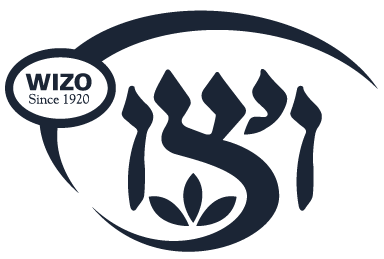WIZO has a long and rich history: a history of visionary women, of pioneering leaders, of innovation born of necessity and flexibility, and of a culture of giving and doing. WIZO’s history runs parallel to the history of the State of Israel, and the two continue to intertwine today.
1920
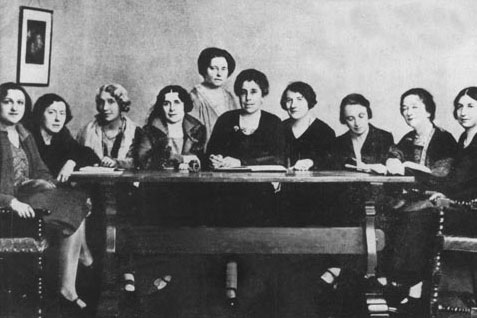
1920s: WIZO is established in the UK. Begins caring for the women and children in Eretz Yisrael.
The idea of reviving a Jewish national home after 2,000 years of exile seemed almost overwhelming. A group of very strong women, whose husbands were involved in Zionist activity, felt that women should have a distinct and equal role in the return to Zion. Some of these women were also
Read more
1930
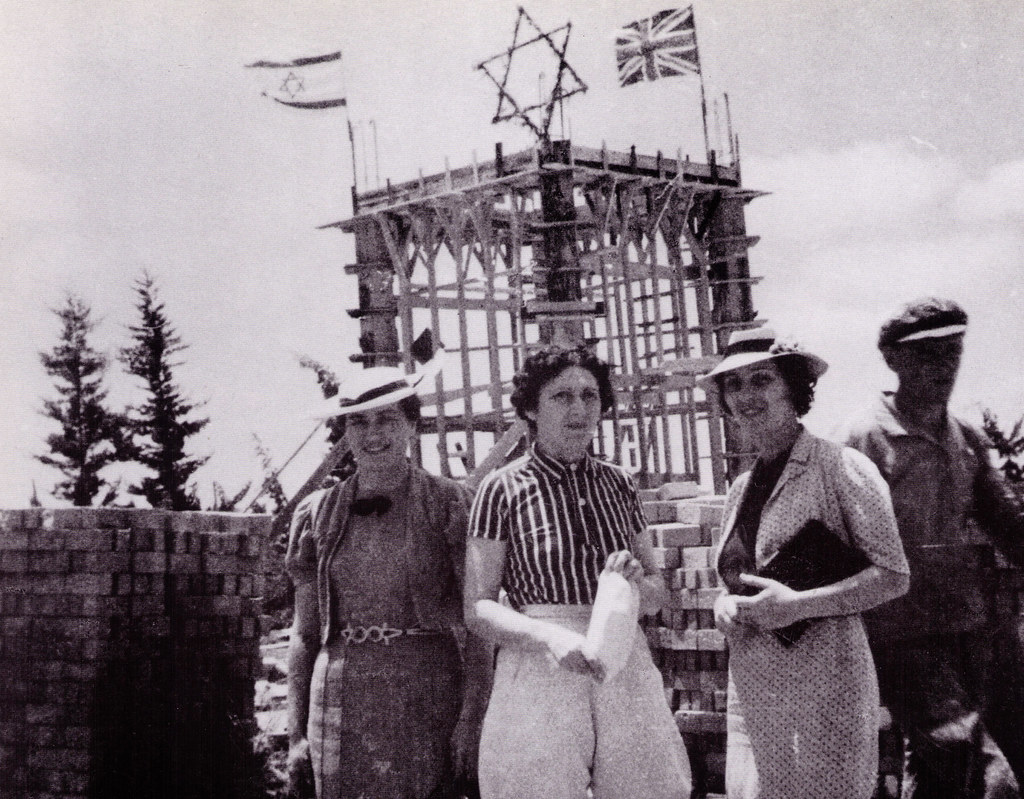
1930s: Immigration and a Focus on Agricultural Training
The background for the second decade of WIZO’s history was marked by the 5th wave of aliya (immigration) from Eastern and Central Europe, the rise of Hitler in Germany and Jewish-Arab conflict in Eretz Israel. In the meantime, WIZO founders were busy founding social and educational institutions in then-Palestine. (In
Read more
1940

1940s: Vocational Training to Bring Women into the Workforce
The State of Israel is born, and a new reality sets in: the need for skilled laborers. This highlighted the serious lack of vocational education for half the population: women. WIZO quickly mobilized to provide vocational education in response to the new reality, along with continuing its work in agricultural
Read more
1950

1950s: WIZO Absorbs Immigrants, Aids Youth and Promotes Women's Rights
The Law of Return was passed in 1950, guaranteeing every Jew around the world the right to return to the Jewish homeland. Between 1948 and 1952, 648,000 Jews came on aliya to Israel from Eastern Europe, mainly Holocaust survivors, and from North Africa, Yemen, and the Middle East, doubling the
Read more
1960

1960s: WIZO Joins UNICEF, Assists the War Effort
The Rebecca Sieff WIZO Center in Tel Aviv opens in the presence of the Sieff family (in the photo to the left). WIZO is recognized as an NGO (non-governmental agency) member of UNICEF. The decimated WIZO Federation in Germany is reestablished. WIZO runs workshops providing hundreds of women with income
Read more
1970
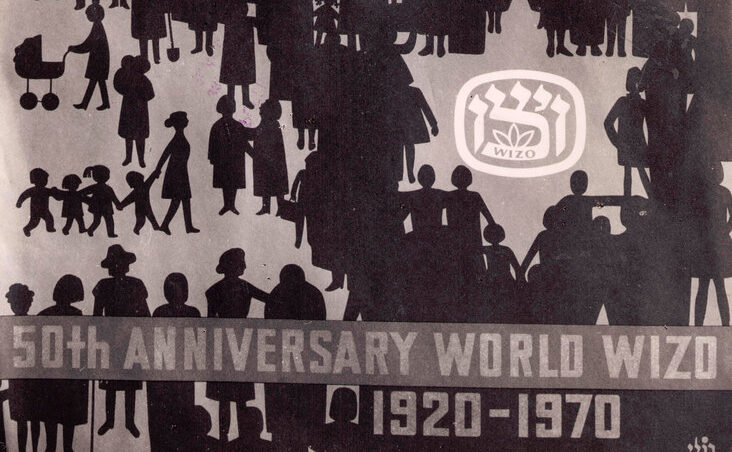
1970s: WIZO Opens a College, Assists in Another War Effort
WIZO marks 50 years of nation building. In 1975, the UN General Assembly passes a resolution declaring that Zionism equals racism, which was torn up by Israeli Ambassador to the UN Chaim Herzog, the future president of Israel. Israel and Zionism were under attack in international forums. In the meantime,
Read more
1980

1980s: WIZO USA is Founded, Foster Homes and Women's Shelters Open in Israel
The iconic Raya Jaglom, the longest serving world president, marks WIZO’s 60th (in the photo to the left). WIZO USA federations are established in New York and Miami, by the initiative of Jaglom. The first WIZO shelter for women who are victims of domestic abuse is opened, as well as
Read more
1990

1990s: European Federations are Reestablished, WIZO Leads Initiatives in Domestic Violence
After nearly 45 years of inactivity, several Eastern European federations such as Hungary and the Czech Republic, are reinstated. WIZO in Israel absorbs immigrants from Ethiopia in youth villages and day care centers; several pioneering WIZO institutions mark milestones, and World WIZO celebrated 75 years.
Read more
2000
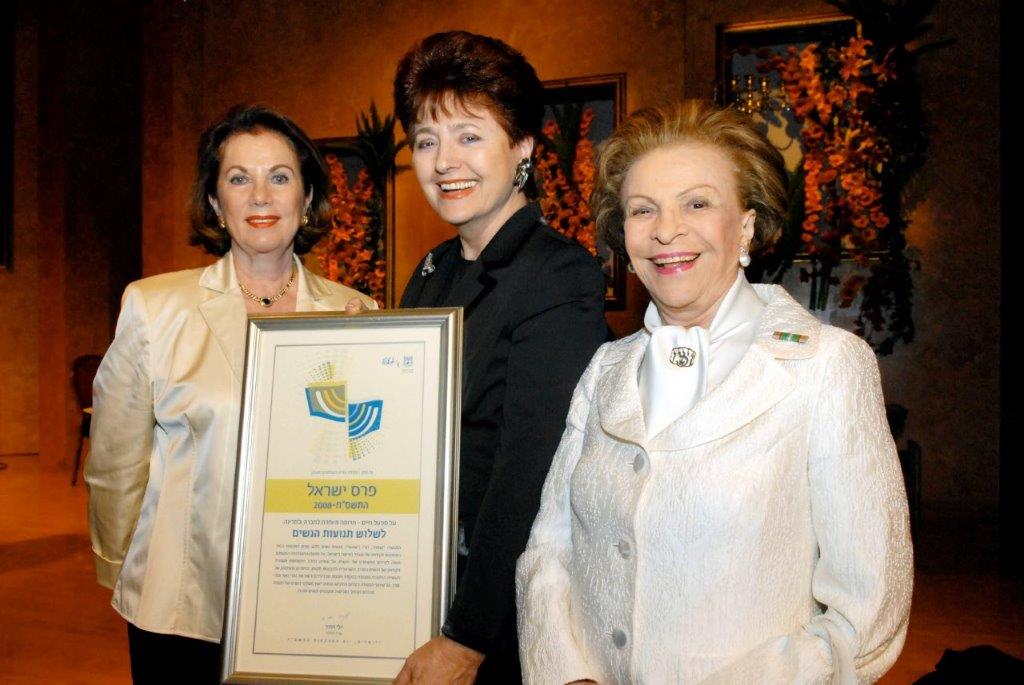
2000s: WIZO Leads the Way in Women's Rights, Child Care and Youth At Risk
As Israel celebrates its 60th anniversary, WIZO is awarded the Israel Prize, the country’s most prestigious honor, in recognition of all it has done to improve Israeli society. Over 1,000 women from all over the world come together for the WIZO conference.
Read more
2010
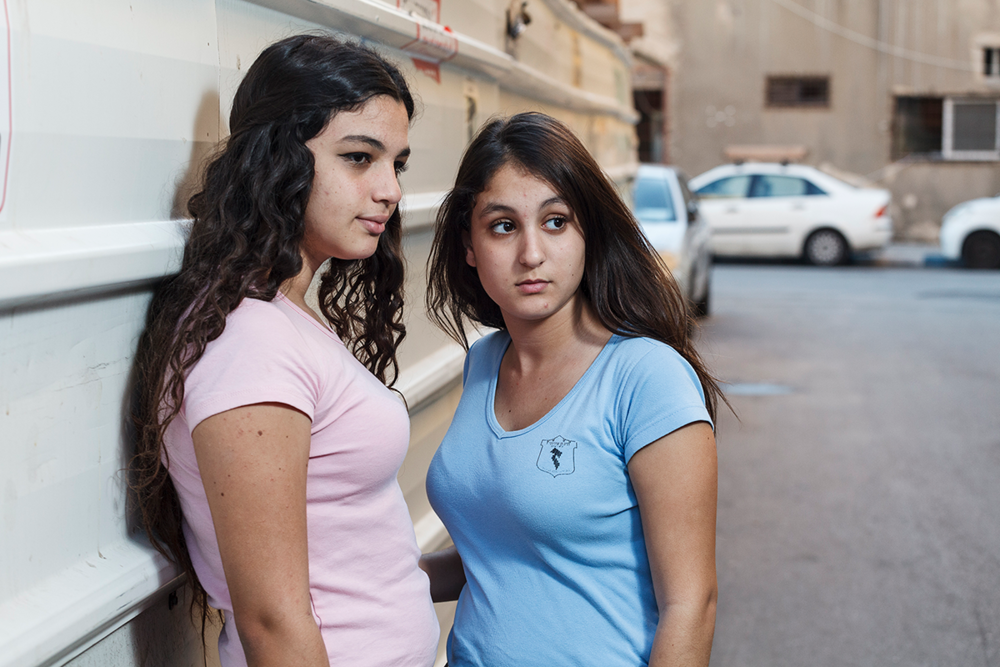
2010s: Celebrations, Accolades, and a new WIZO Federation
WIZO enters the new century with a flurry of activity – new services such as an emergency hotline for women, new educational tracks, including a veterinary medicine track at the youth villages and groundbreaking new programs such as Makom Balev for young girls in extreme high-risk circumstances. The century also
Read more
2020
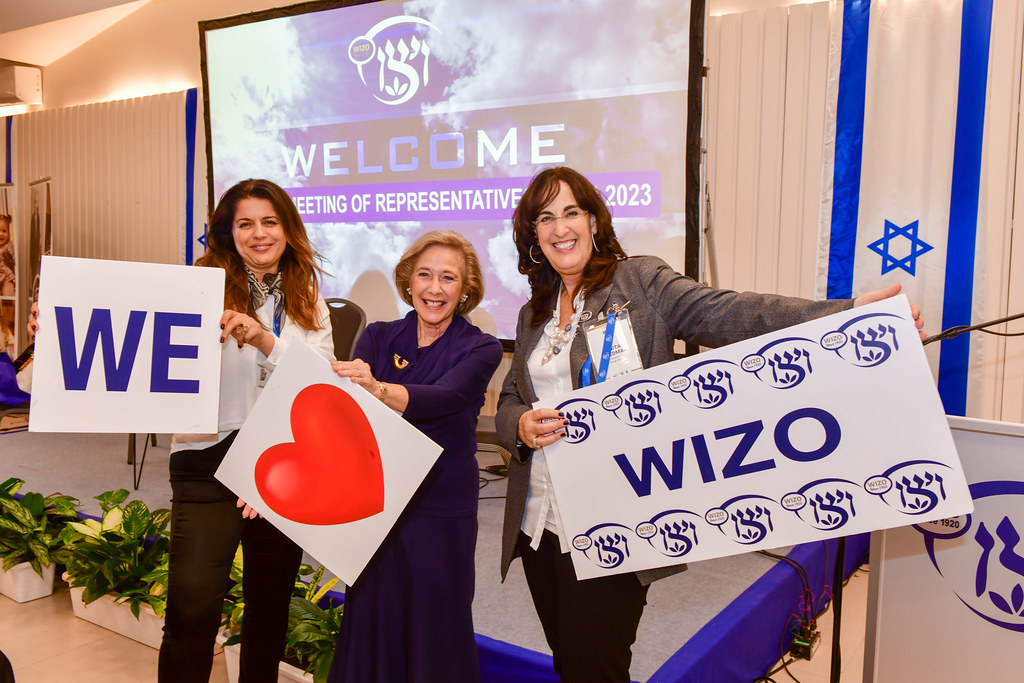
2020s: From a Global Pandemic to a Horrific War
Like the rest of the world, WIZO was deeply impacted by the Covid-19 epidemic that swept across the globe and took its devastating toll from 2020 to 2023. While protecting the safety of thousands of volunteers, employees and those who benefit from WIZO services and keeping the organization’s finances in
Read more

